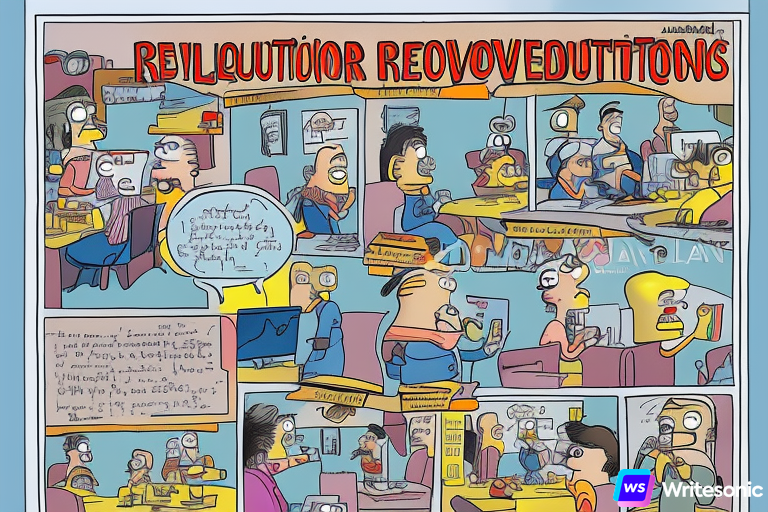5 Little Tricks To Achieve The Best Results In Student-Centered Design
Today’s digital students are demanding a higher quality of education and customized learning experiences. Accessibility and success depends on personal factors that extend beyond the campus. Students are looking for learning that relates directly to them. Online learning has allowed students with busy work schedules, hectic personal lives, and a lengthy list of responsibilities to continue their education. However, traditional online programs may fail to meet student needs, because they are mainly a one-size-fits-all solution. As adult learners are looking to explore career opportunities, new skills, or personal interests, their learning experience is significant. Universities that offer a student-centered design approach will engage and elevate their learners, and above all, retain those learners for the duration of the program.
As a college or university curriculum leader, you can propose tailoring the design thinking process or human-centered design process to student-centered design.
Here are five steps for student-centered design:
- Empathy. Working with your faculty to observe and discuss students as individuals to identify key patterns and insights. The outcome is to create personas to guide design and development decisions and ideas.
- Define. Work with faculty to establish student-centered outcomes, identify desired results of course and program studies, as well as interests and other motivators for students.
- Ideate. Work with faculty to look beyond the usual methods of solving problems in order to find better, more elegant, and satisfying solutions to problems that affect a student’s experience.
- Prototype. Design and build active and engaging student-centered learning activities/experiences with personalized pathways for each persona and feedback to help students do best on the assessments and achieve the best outcomes.
- Test and Implement. We work with faculty to make initial course enhancements based on data and insights. Identify gaps in insights. Refer students to additional remediation or tutoring. Make referrals for a new iteration.
What can you expect for your students?
With student-centered design, you can expect student-centered learner outcomes, as well as formative and summative assessments that are flexible and meaningful. Students will own their own learning and receive real time, personalized feedback based on needs, and application of content. With student-centered design, you can provide real-time data analytics to enhance instruction, empathize with student needs, and target students for immediate remediation. Personalized learning increases engagement and reduce tutoring needs among some students.
Links to Design Thinking Resources
Websites & Organizations
General for Stanford Design School K-12 lab that gives an overview of what Design Thinking is and how it is used in the classroom.
Overview of the d.school at Stanford as a whole focused on the graduate program.
Wiki of Design Thinking resources.
Videos & Talks
Student video of the design process (low res but might help you get a slightly better picture of what the process looks like).
An interesting talk on how Design Thinking can be used in a rural under-resourced schools. From minute 6 on it talks more about Design Thinking in schools specifically.
Cool animated video about the importance of creativity in education by Sir Ken Robinson.
TED talk given by Tim Brown, the CEO of the “innovation and design” firm IDEO, about the importance of human centered design and the need to think and design bigger.
The founder of the Stanford D.school talks about Design Thinking on 60 Minutes and how to design breakthrough innovations.
The Clinton Global Initiative Launches its opening plenary session “Designing for Impact”.
Toolkits
The Project H Toolbox includes big projects, lectures, lesson plans & activities, readings & videos put together and used in Project H’s Studio H and Camp H programs.
Design Thinking for Educators offers a ToolKit (Version 2) designed for K-12 educators by Riverdale Country School & IDEO.
Books
Creative Confidence: Unleashing the Creative Potential Within Us All, by Tom Kelley & David Kelley
Designing Your Life: How to Build a Well-Lived, Joyful Life, by Bill Burnett & Dave Evans
Little Bets: How Breakthrough Ideas Emerge from Small Discoveries, by Peter Sims
Pencil Me In, by Christina Wodtke
Sprint: How to Solve Big Problems and Test New Ideas in Just Five Days, by Jake Knapp
The Creative Habit: Learn It and Use It for Life, by Twyla Tharp
The Crossroads of Should and Must: Find and Follow your Passion, by Elle Luna


